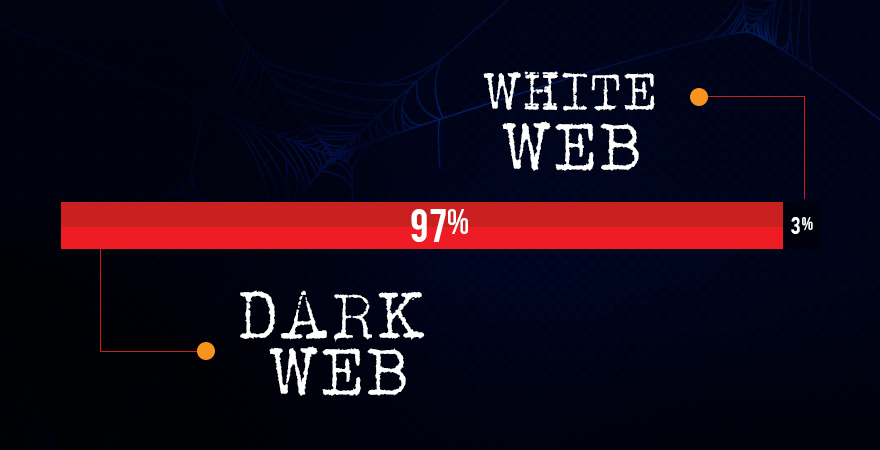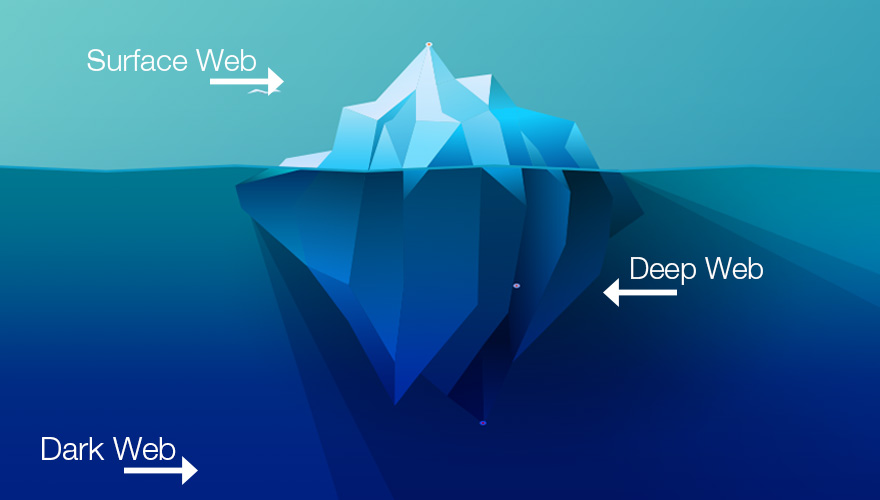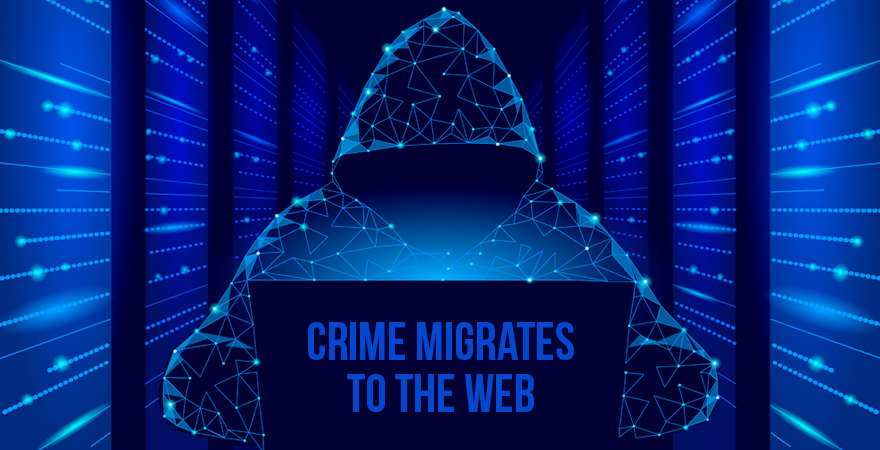Presently, even the idea of “White Web” or as we call the internet is too overwhelming for us at times. If we sit for a moment and reflect on the dependence we have developed on the internet, the resulting thoughts will not be very heartwarming or encouraging.

With the development of super powerful smartphones, the internet has been given a whole new lease of life. Now, our personal, financial and professional lives are widely available over the internet in one form or the other. The sad part is that now, remaining left out from the web is simply not an option.
Also Read:
- Top 10 Emerging Cloud Computing Trends for 2020
- Data Security Breaches and Some Intriguing Stats of 2019
- 12 Security Questions to Ask From Your Cloud Solution Provider
- Equifax Massive Data Breach, Equifax To Pay Upto $700 Million For Breach Settlement
Our lives have been integrated and intertwined with the web in such a way that even if we want to call it quits, we simply cannot. It would be unfair to say that the internet has not brought about good things in our lives, but each incident of data breach over the web sends shivers down our spines. Yes, that’s true that more and more Americans are using the Dark Web.
As more and more of our daily tasks move to the web, our exposure to the underlying risks also keeps on increasing. When shutting ourselves down from the internet completely is not an option, what we are left with is managing our risk and exposure to this environment. `
Layers of the Web
To better understand risks over the web, let’s first dive into its basic layers. Even this piece of info may come as a surprise to you that the web also has layers. We can broadly segregate the web into three layers, which are briefly explained below for your understanding.

Surface Web
This is the most widely used and available layer of internet and one that we tend to use for our day to day tasks. In terms of footprint, the users of this layer of the web are in billions. Given its broad footprint, this is exactly where “all the money lies” for cyber miscreants.
Deep Web
This is a much more restricted layer of the internet. With no negative connotations attached, entry to this layer of the web is highly restricted. To gain access to this layer, the user has to pass through a whole layer of authentication mechanisms. Deep Web assets are not indexed by search engines and thus, do not show up in searches.
Dark Web
As the name suggests, this is the most elusive and potentially dangerous layer of the web. This layer of web is rightly called the “Dark Web”, as most of its parameters are unknown and undefined. One thing is for sure though, this layer of the web is used as a staging ground for cybercrimes in particular and crime in general.
How Does Dark Web Function
Entry into the dark web is highly restricted and possible only through prior invitation. There are a lot of “vetting” processes that go down before one can even receive an invite to this elusive layer of the web. Even if you gain access to the dark web, all the communication and traffic over it is encrypted.
The dark web can be compared to any conventional black market. For anything to be put up for sale, there has to be a buyer. The same holds equally true for the Dark Web. Rouge developers, hackers and budding cyber thugs are selling various products and services to “prospective” buyers.
How Does Dark Web Thrive?
As technology improves, it is a pertinent question as to how come the Dark Web still exists. There are countless highly equipped and resource rich law enforcement agencies (LEA) that can make short work of this layer of web, but the reality is quite the opposite.
The biggest enabler of this web layer is anonymity. Over the internet, cloaking your actual location and identity is a “walk in the park”. As your skill level improves, you can add countless layers of anonymity and falsified locations, making it impossible to identify or trace you over the dark web.
Crime Migrates to the Web
The availability of personal and financial data of billions of people over the web make it a highly lucrative and probable avenue for perpetrating crime. With major advancements in technology, the scope for conventional crimes has virtually disappeared across many countries. Risk to reward ratio here does not present much incentive.
For this reason, most crime has now migrated over the web. A highly potent platform or staging ground is also available for such nefarious actors in the form of Dark Web. It is estimated that by the year 2021, the total loss inflicted by cyber crimes may touch a mind boggling $6 Trillion.

Economics of the Dark Web
You may be surprised that with the exception of underlying motives, the Dark Web also functions quite similar to the legitimate surface web. There are buyers and sellers of cyber crime instruments such as spyware, ransomware, viruses and stolen personal or financial information.
Like most business models, on top of the Dark Web food chain lie a handful of highly skilled developers and programmers. They keep rolling out spyware, ransomware and viruses intended to be sold to aspiring cyber thugs for paltry sums of money, but in bulk.
These lower skilled cyber criminals act as mules and propagate this malware all over the surface web layer. Here, the only priority is quantity. This malware is pushed all over the surface web in the form of spam emails, phony web page links and even fictitious ads to billions of users on daily basis.
How Does Dark Web Inflict Damage?
The biggest weapons cyber criminals use to affect web users are casual approach and misrepresentation. Millions of new users join the web each day. Initially, most new users of the web are oblivious of the risks that are lurking all over the web. A new user may casually click a flashy link on a website that may activate malware.
The other vehicle is misrepresentation, which even skilled surfers of the web may fall victim to. Information is cloaked in such a manner that it carries all the signs of being fully legitimate and even emerging from some legitimate source. As soon as you click on some link, the malware is executed over your machine.

Ransomware and Cybercrime
Perhaps the most lucrative cybercrime these days is ransomware. This is a very lethal cyber-attack in which all your data is encrypted after gaining unauthorized access to your system or network. In return for restoring your data, the cybercriminal will demand a ransom in a very short time.
Over the year 2019, it is estimated that the sum paid to cyber criminals in lieu of ransomware was a whopping $12 Billion. This is a mind boggling figure indeed and speaks volumes of the risks that lurk around us over the web. Even the most skilled users of the web should remain watchful of potential ransomware vulnerabilities.
Conclusion
It is nearly impossible to visualize a life without the web now. So, the only plausible option for us as users of the web is to manage and mitigate the risks emanating from the Dark Web. For this, we will have to adopt a proactive approach and the first step towards this goal is gathering preliminary info.
Once we improve our awareness level about the potential vulnerabilities over the web, we will be able to avert most cyber-attacks orchestrated over the Dark Web, but delivered over the Surface Web. LEAs will also have to step up their game and put an end to this menace once for all.


